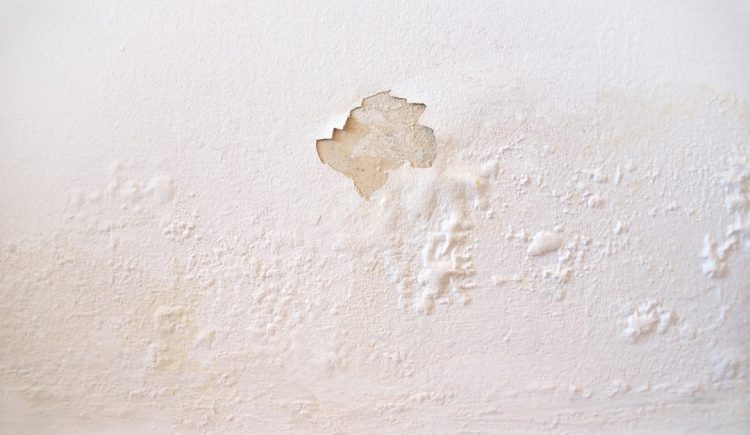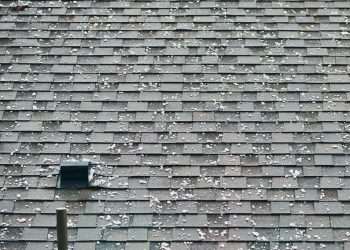When moisture accumulates on walls inside a home, it’s known as wall sweating. It happens when there is a high level of humidity inside a house and moisture condenses on walls, and sometimes on windows. That moisture can have several sources.
If wall sweating isn’t dealt with, it can cause walls to rot and can damage flooring. In addition, wall sweating can allow mold to grow, which can affect your health.
What Causes Wall Sweating?
Dishwashers, cooking, showers, other appliances and household activities that produce moisture can raise the level of humidity indoors. If your house is well ventilated, that shouldn’t be a problem, but many modern homes are built to be energy efficient and prevent air leakage. Tightly sealed houses are susceptible to wall sweating.
Sometimes the type of material used to construct walls contributes to the problem. In basements, concrete and block walls can allow moisture from outside to seep through.
A gas or propane heater has to be vented. If it isn’t, it can lead to oxygen depletion and/or buildup of carbon monoxide. Those issues can cause wall sweating. If you see moisture on the walls in a room where you use a heater, it may be a sign that there is also an even more serious problem.
A leak from the roof or from a pipe can cause wall sweating. Moisture will accumulate on the surface of a wall first, but it can gradually spread through the wall, soften the material and cause it to become discolored.
Figure Out What’s Causing Wall Sweating and What to Do About It
Moisture on the walls in your home can cause serious damage if it’s not addressed, but first you have to identify the source of the problem. High levels of humidity can have multiple causes. Think about where wall sweating is occurring and sources of moisture in your home. Once you have identified the cause of the wall sweating, you can figure out how to deal with it.
You may be able to alleviate wall sweating simply by running a dehumidifier. If the problem is occurring in the basement, painting the walls with a waterproof sealant can keep moisture out.
Check the exhaust fans in your home to find out if they’re working properly. Exhaust fans should transport moist air to the outside, but in some houses, fans simply redirect humid air to another part of the house. If the exhaust fans in your home were installed incorrectly, hire a contractor to install fans that will remove moisture the way they’re supposed to.
If you suspect that a leaky roof or pipe may be causing wall sweating, hire a professional to conduct an inspection. Have necessary repairs made as soon as possible, before moisture causes more serious damage.











